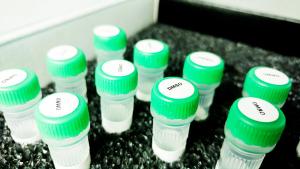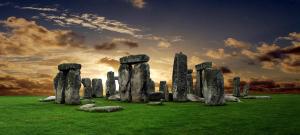Articles by Spectroscopy Staff

Webinar Date/Time: Thursday, November 20th, 2025
Morning Session: 10am EST | 7am PST | 3pm BST | 4pm CEST
Afternoon Session: 1:30pm EST | 10:30am PST | 6:30pm BST | 7:30pm CEST
Friday, November 21st, 2025
Morning Session: 10am EST | 7am PST | 3pm BST | 4pm CEST
Afternoon Session: 1:30pm EST | 10:30am PST | 6:30pm BST | 7:30pm CEST
Thursday December 5th, 2024
Morning Session: 10:00 am EDT - 12:00 pm EDT
Afternoon Session: 1:00 pm EDT - 1:40 pm EDT

This e-book features the latest research in battery analysis, with a focus on how ICP-OES is being used in this field.
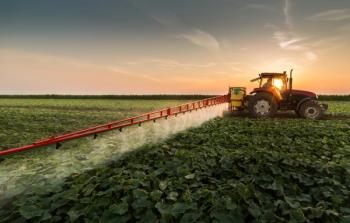
In a recent study, researchers from China investigated the effects of incorporating environmental markers into toxicity prediction models.
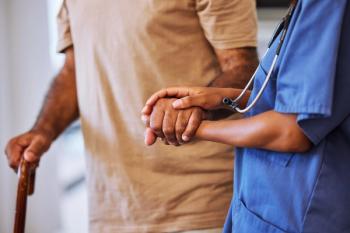
A recent study explores the use of another fluorescent probe that can be used in targeted protein degradation.

In a recent study, spectroscopy-based detection protocols were used to detect Covid-19.

Heavy metals in soil remains one of the most pressing issues in environmental conservation efforts. According to the authors of a new study, laser-induced breakdown spectroscopy (LIBS) can contribute to the solution.

Raman spectroscopy has not been used in the electroceramics industry extensively. However, according to the authors of this study, a shift is underway to change that.
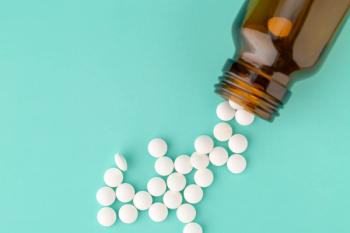
In a recent study from Cairo University, researchers examined fixed-dose combination drug formulations using chemometrics and artificial neuron networks (ANNs).

A recent study from the Southern University of Science and Technology proposes a new Raman spectral preprocessing scheme based on self-supervised learning (RSPSSL).

The Gold Medal Award was established in 1952 to recognize outstanding contributions to the field of applied spectroscopy.

A recent study from Jagiellonian University examined how spectroscopic techniques can aid in the detection of pancreatic cancer.
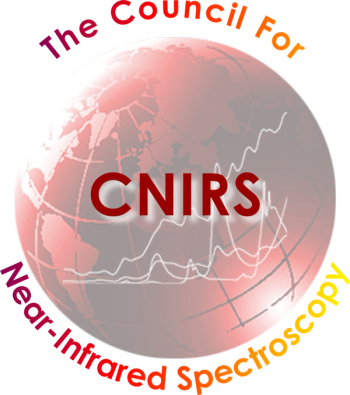
The IDRC 2024 will feature an array of session topics and short courses, highlighting the latest advancements and applications in diffuse reflectance spectroscopy.
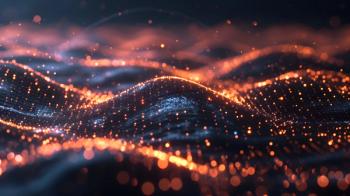
In a recent study from Optica, researchers from Kyoto University attempt to resolve the limitations of traditional infrared (IR) spectroscopy by using quantum entangled photons to conduct broadband IR spectroscopy.

On Tuesday February 27, a Pittcon oral session, titled “Novel Spectroscopic Techniques,” took place at the San Diego Convention Center in San Diego, California. This session featured three talks that covers spectroscopic applications across various fields.

Agilent Technologies announces that Padraig McDonnell has been appointed to the role of CEO-elect and chief operating officer (COO), succeeding the incumbent President and CEO, Mike McMullen.

A recent study published in Advanced Photonics looks at three-dimensional (3D) imaging of cells and tissue using phase-modulated stimulated Raman scattering tomography (PM-SRST).
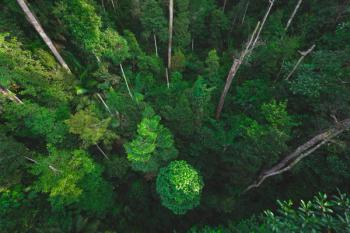
Yan’an University researchers publish findings in Spectrochimica Acta Part A: Molecular and Biomolecular Spectroscopy about three new luminescent coordination polymers that could be used in environmental protection efforts.

A new study presents how the isoquinoline core (IQ) could be used to better detect mercury ions in the environment and help safeguard human health.

Nano-X received clearance from the U.S. Food and Drug Administration for its HealthFLD artificial intelligence (AI) software, which is designed to perform automated qualitative and quantitative analysis of liver attenuation from CT scans.
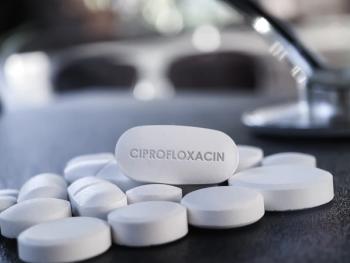
The interaction between surface-active compounds (SACs) and ciprofloxacin was explored in this study to further understand how variations in alkyl chain lengths of SACs impact the binding activity of ciprofloxacin.

A new study reveals the potential of a newly designed silicon-rhodamine-based photosensitizer to be used in photodynamic cancer treatment.

This year, the event will take place in San Diego and features several experts in spectroscopy.

Welcome to our Advancing Agriculture for Future Generations content series! Begin your exploration by checking out a compilation of our articles that spotlight how spectroscopy is revolutionizing the agriculture industry.

Researchers in Brazil leverage artificial intelligence algorithms and Vis-NIR-SWIR hyperspectroscopy to achieve precise pigment phenotyping and classification of eleven lettuce varieties, showcasing the potential of integrating advanced technologies in agriculture.

A recent study from Jeonbuk National University introduces a novel technique for orchard management: tackling intertwined fruit trees' precise segmentation using deep learning models.

Researchers from the University of Szczecin and other Polish institutions have applied the power of machine learning, employing various models, to forecast optimal microbial strains for mitigating drought impacts on crops, marking a leap toward sustainable agriculture to ensure global food security.

Researchers at the University of Kentucky employ non-destructive hyperspectral imaging and machine learning to predict and manage the physicochemical quality attributes of apples during storage, addressing the impact of codling moth infestation and revolutionizing apple quality assurance.

The editors of Spectroscopy are seeking high-quality contributed blogs, technical articles, and peer-reviewed research from analytical scientists around the world.

At the Winter Conference on Plasma Spectrochemistry, a researcher from the University of Minnesota shared how his team is investigating metal speciation using quantitative liquid chromatography–inductively coupled plasma–mass spectrometry.

At the Winter Conference on Plasma Spectrochemistry, Alexander Gundlach-Graham of Iowa State University delivered a talk on how size distributions and measurement statistics impact single-particle inductively coupled plasma time of flight mass spectrometry (ICP-TOFMS).






























